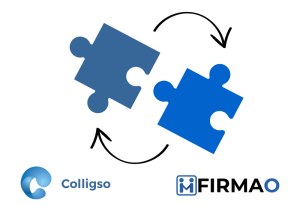
Risk management is an essential aspect of any IT project. It involves identifying, assessing, and prioritizing risks that could affect the project’s objectives, and then taking steps to mitigate or avoid those risks. Without proper risk management, a project can easily run into problems and may even fail.
Here are some key factors to consider when managing risks in an IT project:
- Identify Risks: The first step in risk management is to identify potential risks. This can be done through brainstorming sessions, reviewing similar projects, and analyzing project documentation.
- Assess Risks: Once risks have been identified, they need to be assessed in terms of their likelihood and impact on the project. This can be done using a risk matrix that categorizes risks based on severity.
- Prioritize Risks: Based on their likelihood and impact, risks should be prioritized to determine which ones need to be addressed first.
- Mitigate or Avoid Risks: Risks can be mitigated or avoided by taking proactive steps such as implementing controls, changing project requirements, or adjusting timelines.
- Monitor Risks: Even after risks have been mitigated or avoided, it’s important to monitor them throughout the project’s lifecycle to ensure that they don’t reappear or new risks don’t emerge.
When it comes to CRM system implementation, risk management is particularly important. A CRM system is a complex and interconnected piece of software that touches many different areas of an organization, from sales and marketing to customer service and account management. Any issues or disruptions in the CRM system can have a significant impact on the business.
To convince employees to take risk management seriously, it’s important to educate them on the importance of risk management and how it can affect the success of the project. Encourage them to identify and report risks as they come up, and provide training on how to assess and prioritize risks. Also, ensure that employees have access to the right tools and resources to manage risks effectively.
In conclusion, risk management is a critical aspect of any IT project, particularly when it comes to implementing a CRM system. By identifying, assessing, and mitigating risks, organizations can ensure that their CRM implementation is successful and that they are able to maximize the benefits of their investment.
Check out our CRM system that will help you improve your management in your company.
Follow our Facebook for more information.




